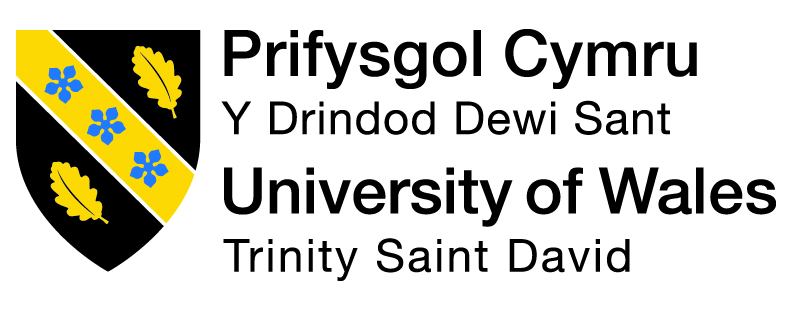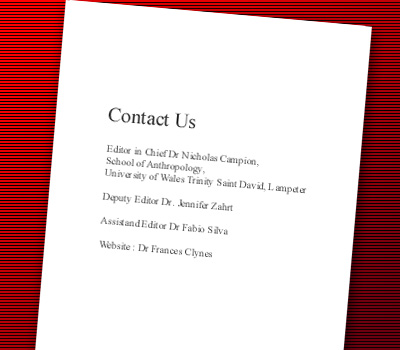We are currently seeking submissions for future volumes of Culture and Cosmos.
Volume 16
Depicting the Heavens: The Use of Astrology in the Frescoes of Renaissance Rome*
Emily Urban
Abstract
This paper explores the use of astrological imagery in four ceiling frescoes painted during the Renaissance in Rome: the scenes of the Sala di Galatea in the Villa Farnesina, and those of the Stanza della Segnatura, the Sala dei Pontefici, and the Sala Bologna, all within the Vatican Palace. Significantly this imagery was not confined to the pages of private manuscripts as it had been in the Middle Ages, but took the form of frescoes on the walls and ceilings of public rooms, allowing viewers to bask in the celestial glory of the patron. Commissioned in 1575 by Pope Gregory XIII, I argue that the Sala Bologna imagery represents a critical juncture in attitudes toward natural philosophy, and demonstrates a shift from astrological interpretation, as condemned at the Council of Trent, to astronomical calculation, as promoted by the Catholic Church. I argue that the placement of these murals demonstrates that this type of pictorial aggrandizement was intended to reach a wide audience and was used by the patron, popes being the most prominent among these, as a form of visual self-promotion. I also examine how contemporaneous events - notably the Protestant Reformation and the Council of Trent - affected astrological practice and the monumental display of these horoscopes. Astrological imagery is not limited to Rome, but the four examples I discuss represent the peak of such decoration and offer insight into a widespread feature of early modern Italian culture that has yet to be adequately explored.
* Special thanks to the Samuel H. Kress Foundation and the Bibliotheca Hertziana, as well as Dr. Antonio Paolucci and the Archivio Fotografico Vaticano, and especially Dr Rosanna di Pinto and Dr Maria Serlupi Crescenzi for their kind assistance, as always.









